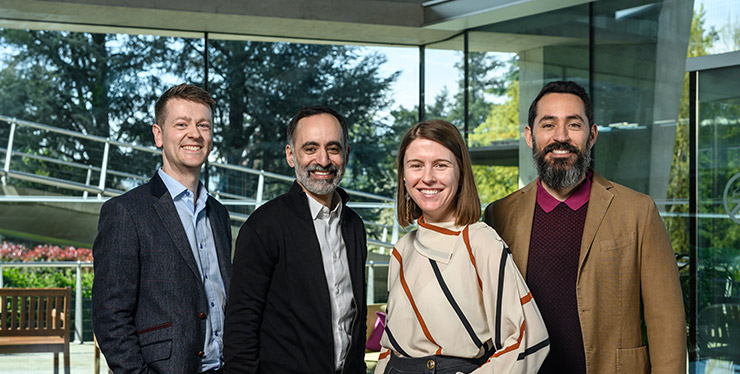

Your online learning journey
Program overview
One-on-one coaching
Throughout your online learning, you’ll be accompanied by an experienced IMD executive coach who will challenge you, encourage you, and provide valuable feedback on your weekly assignments. Together, you’ll dive deeper into the program content and make it meaningful to your own professional context. Your interactions will take place via video, in writing, and over the phone.

Achieve your goals
Your expert coach helps you:
Define
Define your learning objectives and stay on track.
Review
Review your progress on a weekly basis.
Overcome
Overcome your challenges.
Apply
Apply what you learn to your own context.
Take your next step



